"Kremlin" is the name given to city fortifications in ancient Rus'. Many kremlins have survived to this day in Russia: Novgorod, Kazan, Pskov, Kolomensky... But only one kremlin needs no explanation: the world-famous Moscow Kremlin in the Russian capital.
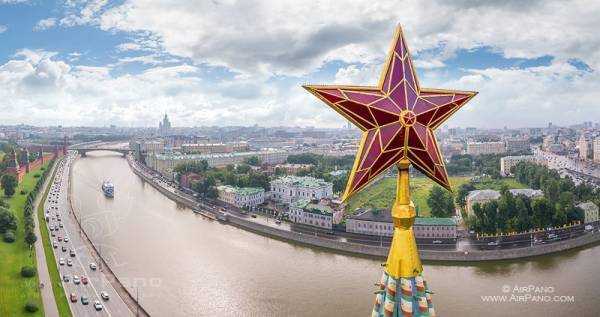
It is the largest fortress in Europe that has survived and is still in operation today. The Kremlin is the most important landmark of Moscow, the seat of the President of the Russian Federation and the "calling card" of the entire country.

The first settlements on the territory of the Moscow Kremlin date back to the Bronze Age - the 2nd millennium BC, but the first fortifications appeared here much later: in 1156. The wooden fortification with a total length of about 850 meters and an area of about 3 hectares was surrounded by a moat 16-18 meters wide and 5 meters deep.
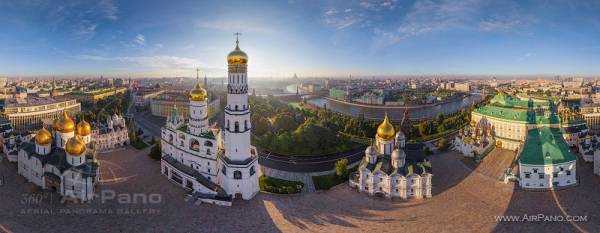
During the Mongol-Tatar invasion, the Kremlin was destroyed and then rebuilt. But only by the middle of the 14th century, under Grand Duke Dmitry Donskoy, the wooden walls of the Kremlin were replaced by walls and towers made of local white stone. It is from this period that the name "White-stone Moscow" often appears in chronicles.
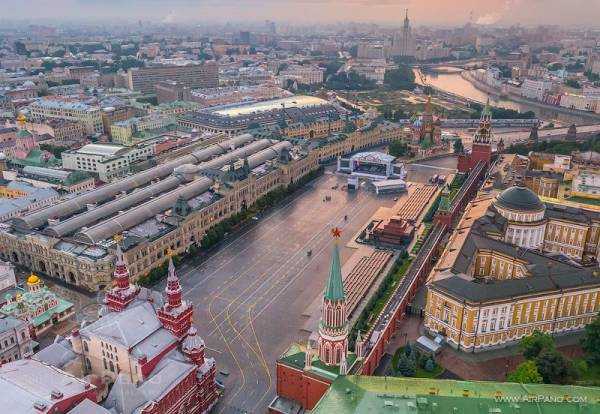
However, by the 15th century, under Ivan III the Great, this structure had to be rebuilt, because the walls literally "floated". Italian architects were invited to restore the Kremlin, and thanks to this, it combines the best achievements of both Russian and Italian architectural art. Thus, the famous Sforza Castle in Milan was taken as a model for an impregnable fortification, while the Kremlin churches were built according to strict Russian traditions.
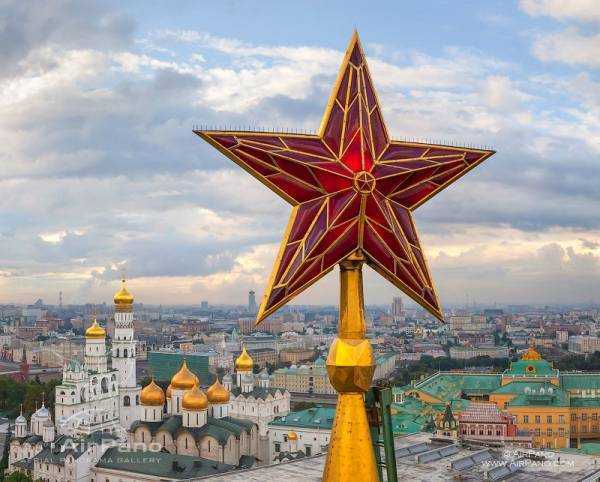
Fired brick was chosen as the main material for construction. The center of the Kremlin became Cathedral Square with the Assumption and Annunciation Cathedrals, the Faceted Chamber, the Archangel Cathedral — the burial place of Russian princes and tsars, and the Ivan the Great Bell Tower. Another major reconstruction of the Kremlin took place in the late 15th — early 16th centuries, and since then the appearance of this Moscow landmark has remained virtually unchanged — except for the color.
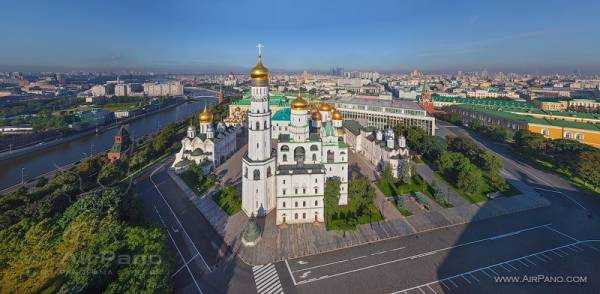
The fact is that the walls of the Moscow fortress, according to historical descriptions and picturesque images, remained white for many centuries. The baked bricks were carefully whitewashed: both for the sake of preserving the masonry and in memory of the white-stone Kremlin of Dmitry Donskoy. It is believed that the decision to make the Kremlin red was made by Stalin in 1947 - to celebrate the 800th anniversary of Moscow. And before that, during World War II, the Kremlin was uniquely camouflaged. A project fantastic for that time was developed by the group of academician Boris Iofan: the walls of houses, black holes of windows were painted on the white walls, artificial streets were built on Red Square; even Lenin's Mausoleum was covered with a cap depicting a house. This is what helped the greatest monument of history and architecture to survive to this day, undamaged by bombing.
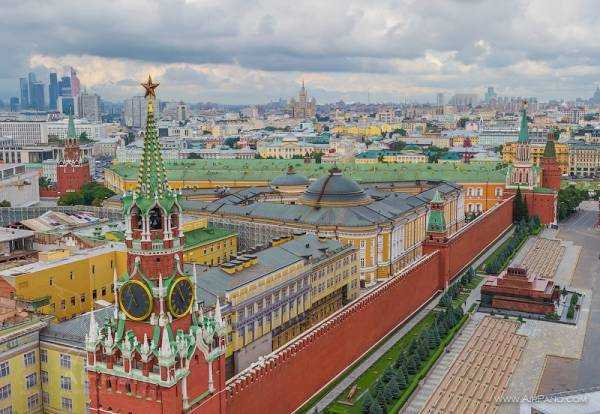
It is also worth adding that some of the buildings on the territory of the Kremlin have not survived to this day: for example, the Palace of Tsarina Natalia Kirillovna was dismantled by the decision of the famous architect Bartolomeo Rastrelli, and a parade ground was laid out on the site of the abolished Afanasyevsky Monastery.
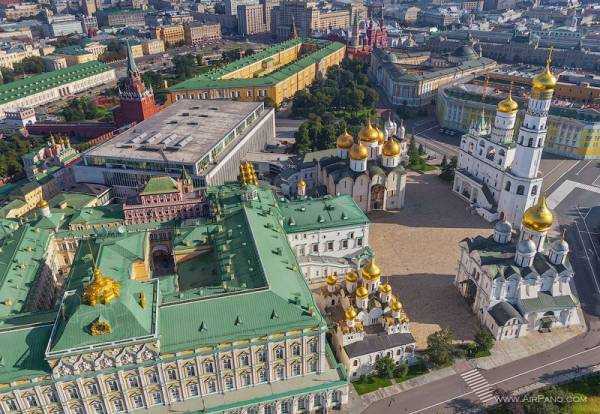
Nevertheless, the towers and walls of the Kremlin with their characteristic battlements, which appeared in the 16th century, remain the main symbol of Moscow and Russia.
Virtual tour created with the support of Russian Geographical Society
Source: travel.ru

